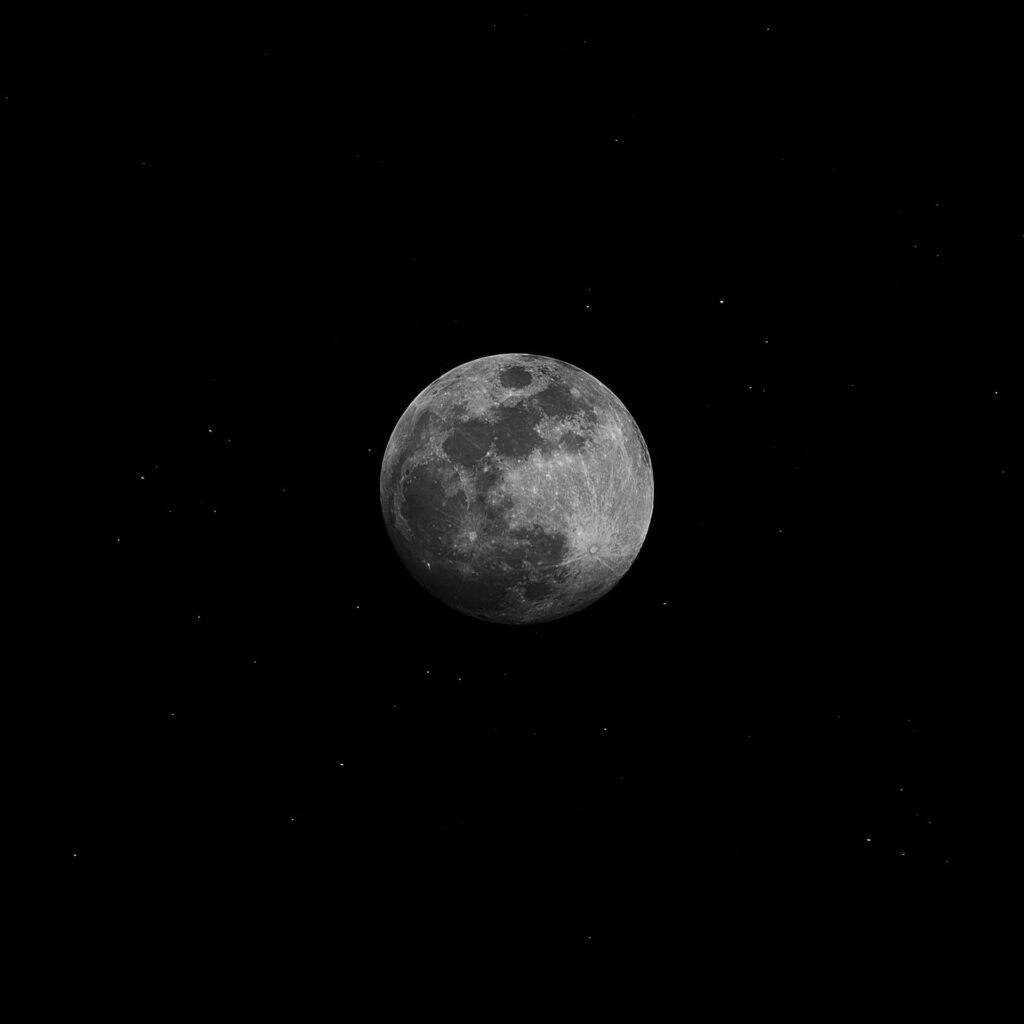Skywatchers around the world will have a rare opportunity this week to witness a spectacular celestial event—seven planets aligning in the evening sky. This phenomenon, known as a planetary parade, will be visible for a short period after sunset from Tuesday to Friday. It will be the last time such a clear alignment of Mars, Jupiter, Uranus, Venus, Neptune, Mercury, and Saturn can be seen together before the year 2040.
According to astronomers, the best viewing conditions will occur just after sunset when the planets begin to appear in the sky. Of the seven planets, four—Mercury, Venus, Mars, and Jupiter—will be visible to the naked eye, while Saturn will be more challenging to spot due to its low position on the horizon. The remaining two, Uranus and Neptune, will require a telescope to be seen clearly. Experts warn that Saturn and Mercury will disappear from view quickly as they set along with the Sun, making the window for observation very brief.
Dr. Edward Bloomer, an astronomer at the Royal Observatory Greenwich, explained that while planetary alignments are not uncommon, it is rare for so many planets to be visible simultaneously in a convenient position for viewing. He emphasized that to maximize the chance of spotting all seven planets, observers should find a location with an unobstructed view of the horizon and minimal light pollution. Additionally, giving the eyes about 30 minutes to adjust to darkness will significantly improve visibility. He also advised stargazers to avoid looking at phone screens, as bright light can interfere with night vision.
For those planning to witness this extraordinary event, Venus and Jupiter will be the easiest to identify due to their brightness, while Mars will stand out with its reddish hue. Uranus, though technically visible under perfect conditions, is challenging to spot without a telescope. Despite the vast distances separating these planets in space, their alignment from Earth’s perspective creates a stunning visual display.
The weather conditions for the event are expected to vary throughout the week. Tuesday will begin with clear spells, but cloud and rain may develop later. Wednesday is likely to be cloudier, which could make visibility difficult. However, Thursday and Friday are expected to provide the clearest skies, offering the best chance to see the planetary alignment in full. Astronomers recommend viewing the sky earlier in the evening, as mist and fog could develop later in the night.
Planetary alignments occur because the planets in our solar system orbit the Sun along a similar plane but at different speeds and distances. Occasionally, their positions align from Earth’s perspective, creating a rare spectacle. Although these alignments have no scientific impact on Earth, they are a visual reminder of the vast and dynamic nature of the universe.
With the next chance to see such a well-placed alignment not arriving until 2040, astronomers encourage everyone to take advantage of this unique opportunity. Observing the planets in the night sky is not only a fascinating experience but also a chance to appreciate the mechanics of our solar system at work. Those who take the time to look up this week will be rewarded with a breathtaking view—one that will not be seen again for another 15 years.
 GhArticles.com Every News in Detail
GhArticles.com Every News in Detail




